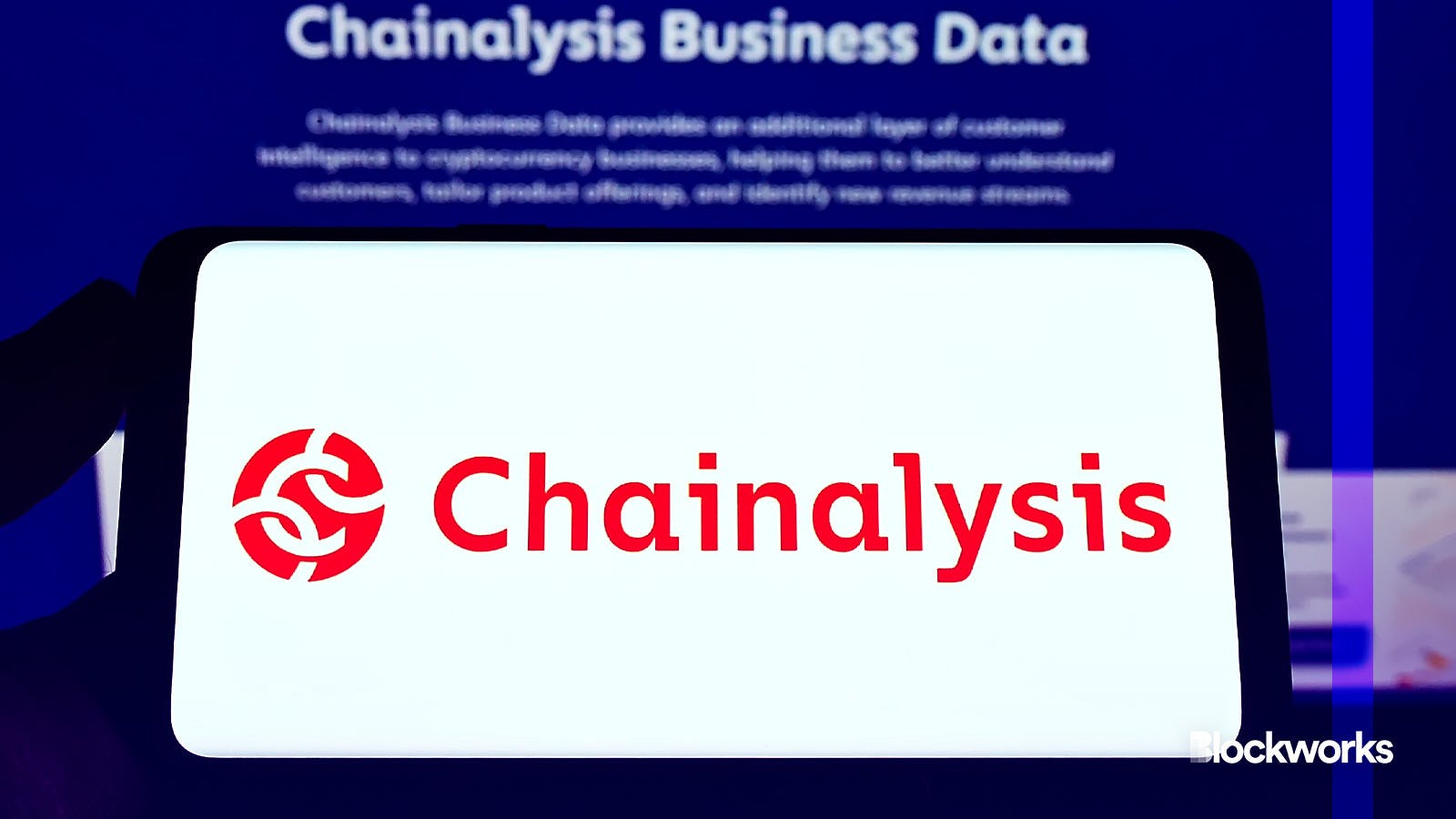Crypto money laundering activity down 29% from 2022: Chainalysis
Illicit addresses sent $22.2 billion worth of cryptocurrency in 2023, a 29.5% decrease from 2022, according to the latest report from Chainalysis

Wirestock Creators/Shutterstock modified by Blockworks
Money laundering involving crypto assets is generally down from a year ago, but illicit actors are starting to change their tactics, according to a report published Thursday by crypto analytics firm Chainalysis.
Illicit addresses sent $22.2 billion worth of cryptocurrency in 2023, a 29.5% decrease from 2022, the report noted. While a broad decline in transaction volume across the board may have contributed to this decrease, the drop off in money laundering activity was steeper, analysts said.
More illicit actors are sending stolen funds to blockchain bridges, the report found. There has also been a “substantial increase in funds sent from ransomware to gambling platforms,” the report added.
Read more: Average potential crypto rug pull makes $2,600 in profit: Chainalysis
“Overall, it’s possible that crypto criminals are diversifying their money laundering activity across more nested services or deposit addresses in order to better conceal it from law enforcement and exchange compliance teams,” analysts wrote. “Spreading the activity across more addresses may also be a strategy to lessen the impact of any one deposit address being frozen for suspicious activity.”
It appears recent sanctions on cryptocurrency mixing services may be working, Chainalysis found, noting there was a decline in funds sent to mixers from illicit addresses last year, from $1.0 billion in 2022 to $504.3 million in 2023. There is however the problem of new services popping up to replace those blacklisted, analysts added.
Read more: North Korea is still a threat to crypto: Chainalysis
“Sinbad became a preferred mixer for North Korea-affiliated hackers in 2022, soon after the sanctioning of Tornado Cash, which had previously been the go-to for these sophisticated cybercriminals,” the report noted. With Sinbad out of the picture, Bitcoin-based mixer YoMix has acted as a replacement.
Chainalysis’s latest report comes on the heels of the US Treasury Department’s 2024 National Risks Assessments, which claimed that while the use of cryptocurrency in illicit financing has increased, fiat remains the most popular choice for those looking to conceal funds.
The House Financial Services Committee on Wednesday also discussed how digital assets are used to fund terrorists, with Terrorism and Financial Intelligence undersecretary Brian Nelson reiterating that “traditional products and services” are still terrorists’ “preference.”
Get the news in your inbox. Explore Blockworks newsletters:
- The Breakdown: Decoding crypto and the markets. Daily.
- 0xResearch: Alpha in your inbox. Think like an analyst.






